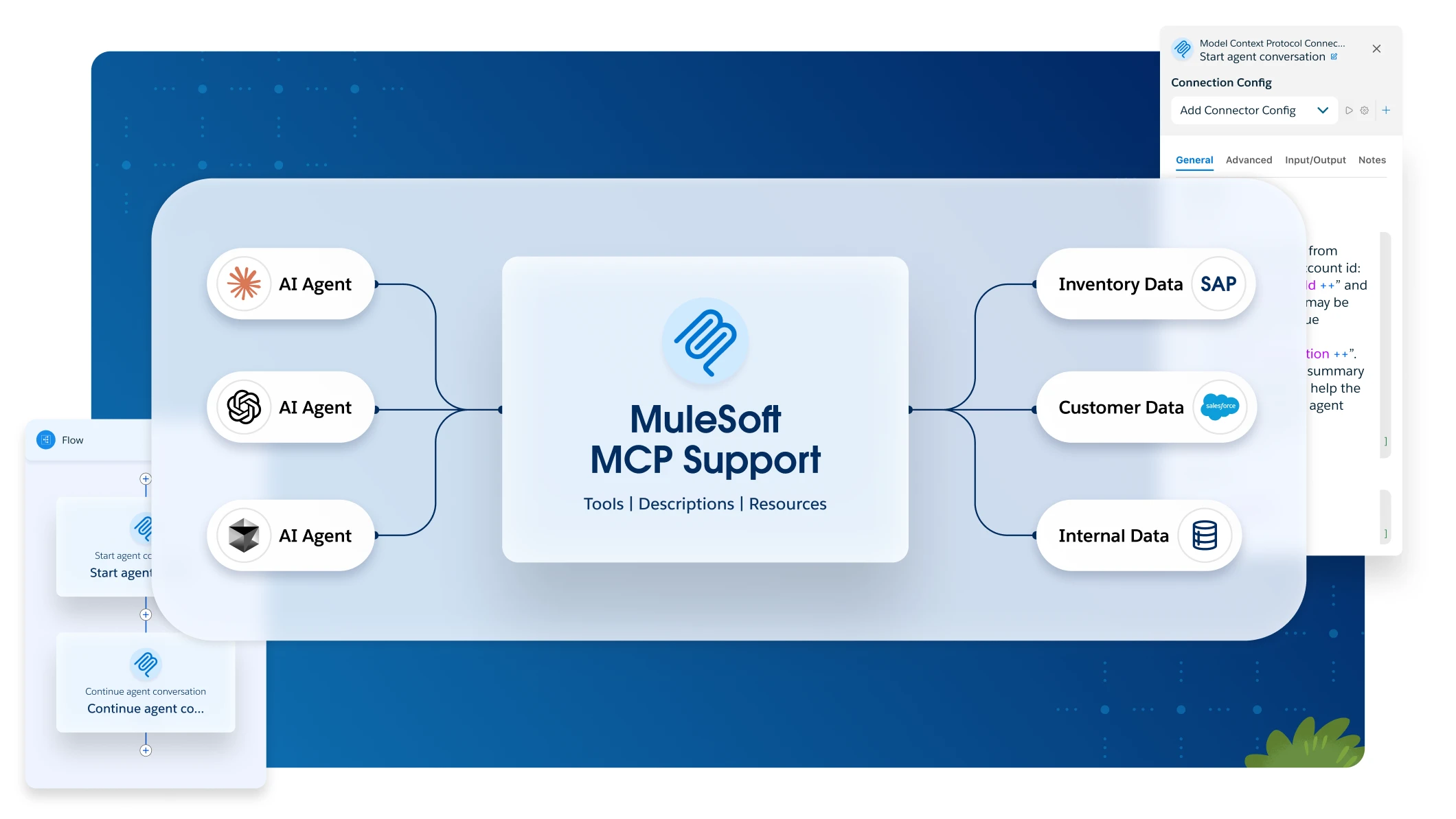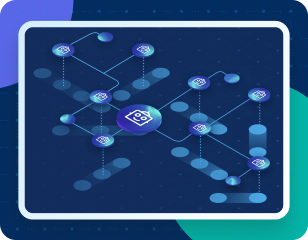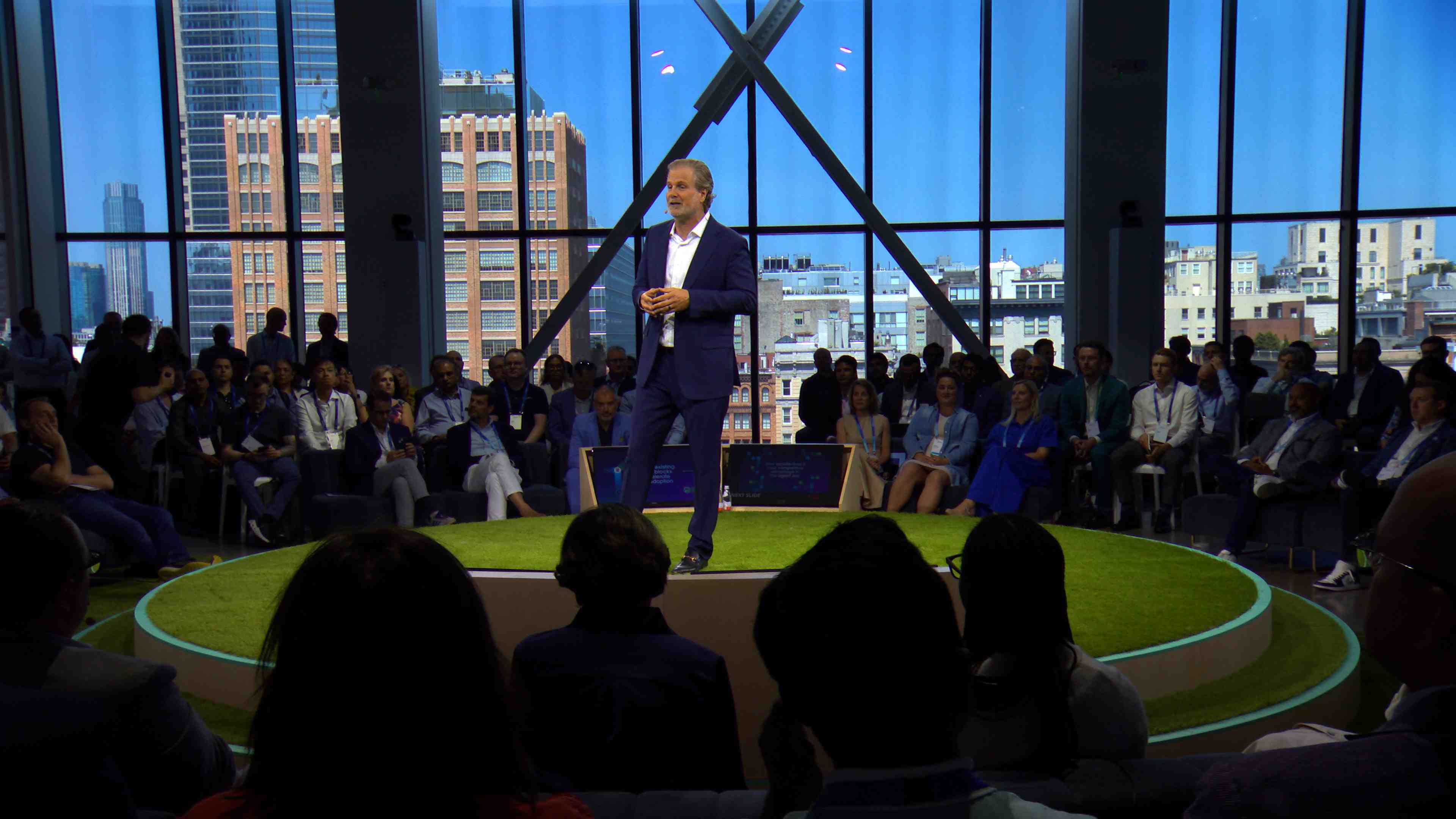AI-enabled agents are suddenly popping up all over the enterprise as SaaS vendors and hyperscalers alike are turning on new intelligent features. For IT teams, this creates a huge opportunity and risk. How can they enable the agentic transformation and accelerate innovation without creating new attack vectors, cost overruns, and operational incidents?
MuleSoft’s approach is to provide a platform to connect agents with enterprise capabilities, to orchestrate inter-agent and agent to resource conversations, and to govern and secure all of those interactions.
The rise of agentic experiences
“AI enabling” products is the new imperative across SaaS and platform providers, leading to the emergence of “Experience Agents” that directly interact with employees or customers. These intelligent agents promise personalized and smooth interactions by accessing real-time data and performing complex tasks contextually. Without a thoughtful approach to integration and data exchange, the proliferation of AI agents can lead to fragmented systems, security vulnerabilities, and scalability challenges. For enterprise architects, the warning is clear: unmanaged agent sprawl with one-off tools is a recipe for disaster.
The challenge of ad-hoc AI connectivity
Each experience agent offers easy connections to tooling and systems, compounding the “agent sprawl” problem with one-off tools and interfaces. Without a unified connectivity and governance strategy, implementing effective AI agents results in a patchwork of point solutions. Imagine the headache: each new data source or AI agent requiring a custom integration, leading to fragmented governance and management interfaces. This ad-hoc approach creates:
- Scalability issues: Manually building and maintaining integrations for hundreds or thousands of applications is simply unsustainable.
- Contextual gaps: Agents directly wired to multiple different systems may make inconsistent runtime decisions about data retrieval, leading to unreliable outcomes.
- Monolithic agents: Attempting to build a single “super agent” that connects to everything results in a fragile, unmanageable architecture with ballooning context windows and over-provisioning of agent tools or skills.
- Operational and security risks: Without clear boundaries and governance, opaque agents with broad access to sensitive data and systems pose significant management, security, and compliance concerns.
This fragmented approach fundamentally hinders innovation and prevents organizations from fully realizing AI’s transformative potential.
MuleSoft’s approach: Actionability, orchestration, and governance
MuleSoft addresses these critical challenges by introducing a transformative approach centered around actionability and multi-agent orchestration, with a consistent set of management and governance capabilities woven throughout the platform. This strategy avoids the risks described above without stifling innovation across teams and agentic platforms.
Bringing enterprise capabilities to agents with composability and Model Context Protocol (MCP) support
The Model Context Protocol (MCP) is an open standard designed to connect AI systems with enterprise capabilities. It allows AI models to access real-time data, utilize tools, and respond contextually, effectively replacing fragmented integrations with a unified protocol.
MuleSoft’s MCP support is a critical component for achieving true actionability:
- Transform any API into an actionable, agent-ready asset: MuleSoft’s MCP implementation is designed for flexibility, speed, and scale. With just a few clicks, developers can transform existing APIs and Mule apps into MCP servers, exposing processes and workflows to agents for consistent deterministic execution.
- Build context-rich AI applications: By converting APIs into MCP servers, MuleSoft empowers AI models and agents to seamlessly access and utilize data from any connected system, enriching their understanding and enabling more relevant responses.
- Create secure, scalable AI ecosystems: MuleSoft’s platform provides a unified approach to secure and standardize communication between AI agents and MCP-exposed data sources and tools, ensuring stable operations, governance, and compliance as AI adoption scales.
With MuleSoft’s MCP support, enterprise architects can rapidly and reliably connect AI agents to business context, core systems, and tools, giving those agents repeatable actions. This accelerates innovation and unlocks the true scaling potential of AI within the enterprise.
For organizations that have already adopted MuleSoft’s API-led approach to composability, well-constructed Process APIs provide the most actionable interfaces for agents. These deterministic processes reduce the number of required interactions with the Agent, ensuring consistency in execution, reliable governance, and easy observation of agent actions.
Multi-agent orchestration with Agent2Agent (A2A) protocol support
While MCP facilitates agent-to-system communication, the complexity of enterprise operations often requires multiple, specialized agents to collaborate. A single, monolithic agent is neither scalable nor secure. This is where the Agent2Agent (A2A) Protocol becomes essential, and MuleSoft’s support for A2A is pivotal.
MuleSoft’s A2A capabilities enable:
- Building multi-agent workflows: MuleSoft provides an out-of-the-box connector to expose any agent as an A2A server or client, standardizing communication and enabling complex, multi-step agentic use cases across the organization.
- Simplifying agent discoverability: Through the MuleSoft Exchange, agents can easily discover and delegate tasks to each other, fostering seamless collaboration. Agent cards, describing capabilities and requirements, facilitate this discovery.
- Governing and controlling agentic communication: A2A policies applied through Anypoint Flex Gateway ensure that inter-agent communication is secured and governed. These policies can enforce authorization, rate limits, and apply AI-specific governance controls such as PII detection, prompt decoration, and content logging for auditing.
By standardizing agent-to-agent communication, MuleSoft helps enterprises move away from monolithic agents towards a more modular, scalable, and secure backend agent architecture.
MuleSoft’s strategic advantage
MuleSoft is uniquely positioned to enable this agent-centric transformation due to its:
- Existing integration capabilities: Quickly leverage current enterprise systems and processes by using MuleSoft to wrap them with highly reusable, governed API and MCP endpoints.
- Standardization: Embrace open and emerging standards like MCP and A2A to ensure interoperability and avoid vendor lock-in.
- Comprehensive governance: MuleSoft’s Flex Gateway provides robust policies for securing, governing, and observing both agent-to-system and agent-to-agent interactions, regardless of where agents or MCP-enabled services are deployed.
- Scalability and agility: Build and empower modular, domain-specific agents, with existing enterprise capabilities, that can collaborate, leading to more agile development and scalable AI solutions.
- Future-proof architecture: MuleSoft’s commitment to evolving its platform with emerging AI protocols ensures your architecture remains adaptable to future innovations.
The proliferation of agentic experiences is inevitable. CIOs and CTOs must quickly enable teams with accessible, governed AI standards or risk shadow AI and tooling implementation sprawl. MuleSoft’s deep capabilities in integration and API management; readily available support and governance for A2A communication and MCP; and strategic development directions for the Agent Interaction Fabric makes it the essential partner for forward-looking companies to securely and effectively scale and embrace this multi-agent future. By leveraging MuleSoft, organizations can transform their composable architectures into robust, actionable ecosystems ready to power the next generation of enterprise AI.









